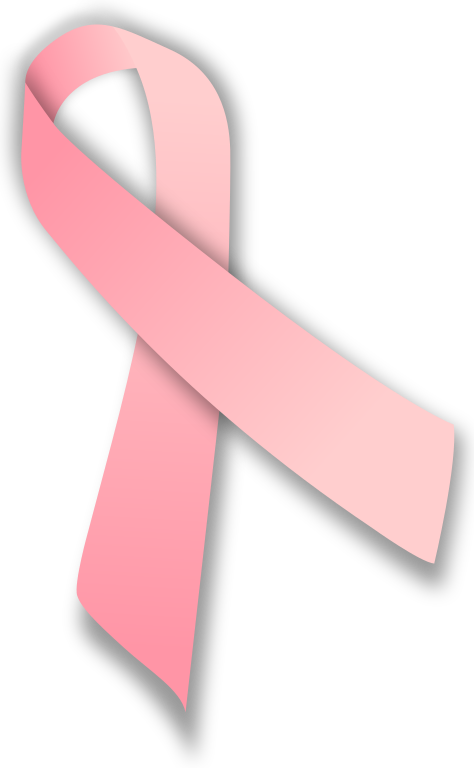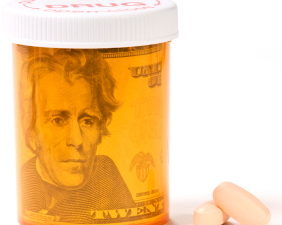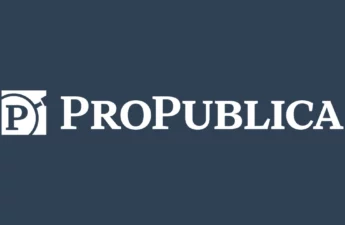From the Washington State Department of Health

Every October, pink ribbons begin to pop up in honor of Breast Cancer Awareness Month.Breast cancer goes beyond pink ribbons, though. It’s also important to understand your personal risk factors and when to start getting screened. Read on to learn more and for tips to lower your risk.What is breast cancer?
Breast cancer originates in breast tissue. It occurs when breast cells mutate (change) and grow out of control, creating a mass of tissue (tumor). It is the second most common cancer among women in the United States. But there are ways you can reduce your risk and find cancer early. Finding breast cancer early can help you get treatment when it’s most effective.
Reducing your risk
Everyone has breast tissue, and everyone has some risk of developing breast cancer in their lifetime. Even though you can’t change risk factors like your age or family history, you can still lower your risk by:
- Staying physically active: Regular physical activity helps lower your risk for commonly occurring cancers.
- Choosing not to drink alcohol or drinking in moderation: The less alcohol you drink, the lower your risk for some types of cancer.
- Understanding your family history: If you have a family history of breast or ovarian cancer or inherited changes in your genes, ask your doctor if you need earlier or more frequent screenings. ·
- Breast/chestfeed your children, if possible: Every 12 months of nursing reduces breast cancer risk by 4.3%.
Learn more ways of reducing your breast cancer risk.
(Centers for Disease Control)
Early detection through mammograms
Regular mammograms are one of the best ways to find breast cancer early. These lower-energy X-rays can spot breast cancer up to 3 years before you might feel any signs or symptoms or before the cancer begins to spread. Early detection often leads to successful treatment and a longer life.
Most major health insurance plans cover mammograms for free. If you or a loved one has limited or no insurance coverage and a lower income, you can contact the Breast, Cervical and Colon Health Program at the Washington State Department of Health for free screenings. Call 1–888–438–2247 to find out if you qualify.
What is the right age to start screenings?
Breast cancer is most often diagnosed in people over the age of 50, but it can occur at any age. In fact, 11% of cases are found in people under 45. You can learn more about risk factors for adults under 45 and read stories of young people affected by breast cancer. Ask your doctor when to start screenings, if you’re between 40 and 49. If you’re 50 or older, your doctor will consider your risk factors and family history to create the best screening schedule for you.
Transgender women over 50 who have received hormone replacement therapy for 5–10 years should talk with their doctor about screenings. Here’s more information about breast cancer screening for transgender women. Transgender men who have not had both breasts removed (bilateral mastectomy) should follow the screening guidelines for cisgender (non-transgender) women.
Schedule a mammogram
National Mammography Day is October 21. This day serves as a reminder to schedule your free or low-cost mammograms and encourage others to do the same. While mammograms can’t prevent cancer, they can help find it early, when it’s easier to treat.
Join the thousands of Washingtonians who have already been screened for cancer!
Here are a few resources to help you find free or low-cost mammograms and questions to ask your doctor before you get one.
Free or low-cost mammogram locations in Washington:
- Breast, Cervical and Colon Health Program
- Breast Index — Inland Imaging (Spokane area)
- Breast, Cervical, & Colon Health | Yakima County, WA
- Breast cancer screening | SCCA|Fred Hutchinson Cancer Center (seattlecca.org)
- Mammograms in Washington | Kaiser Permanente
- Mammography Guidelines | Confluence Health
- Swedish Mobile Mammography Program | Swedish Medical Center Seattle and Issaquah
Additional resources:
Breast cancer resources for Black communities:
- Why do Black women who have a higher risk of breast cancer at a younger age? (Video by the CDC)
- In Washington: Carol Milgard Breast Center and Cierra Sisters
- National resources: Stand for H.E.R — Healthy Equity Revolution — Susan G. Komen® and AABCA — African American Breast Cancer Alliance (aabcainc.org)
How to raise awareness for breast cancer
The Susan G. Komen in Washington hosts several events in-person and virtual events throughout Breast Cancer Awareness Month. You can also volunteer to assist at an event. You can find a list of events happening in different locations across the state.
Vehicle license plates can also help you show support for loved ones, encourage others to get screened, or start a conversation. These plates display the iconic pink ribbon and carry the message “Early detection saves lives.” Get breast cancer license plates at the Department of Licensing. Part of the fees will support free breast cancer screening services in Washington state.


